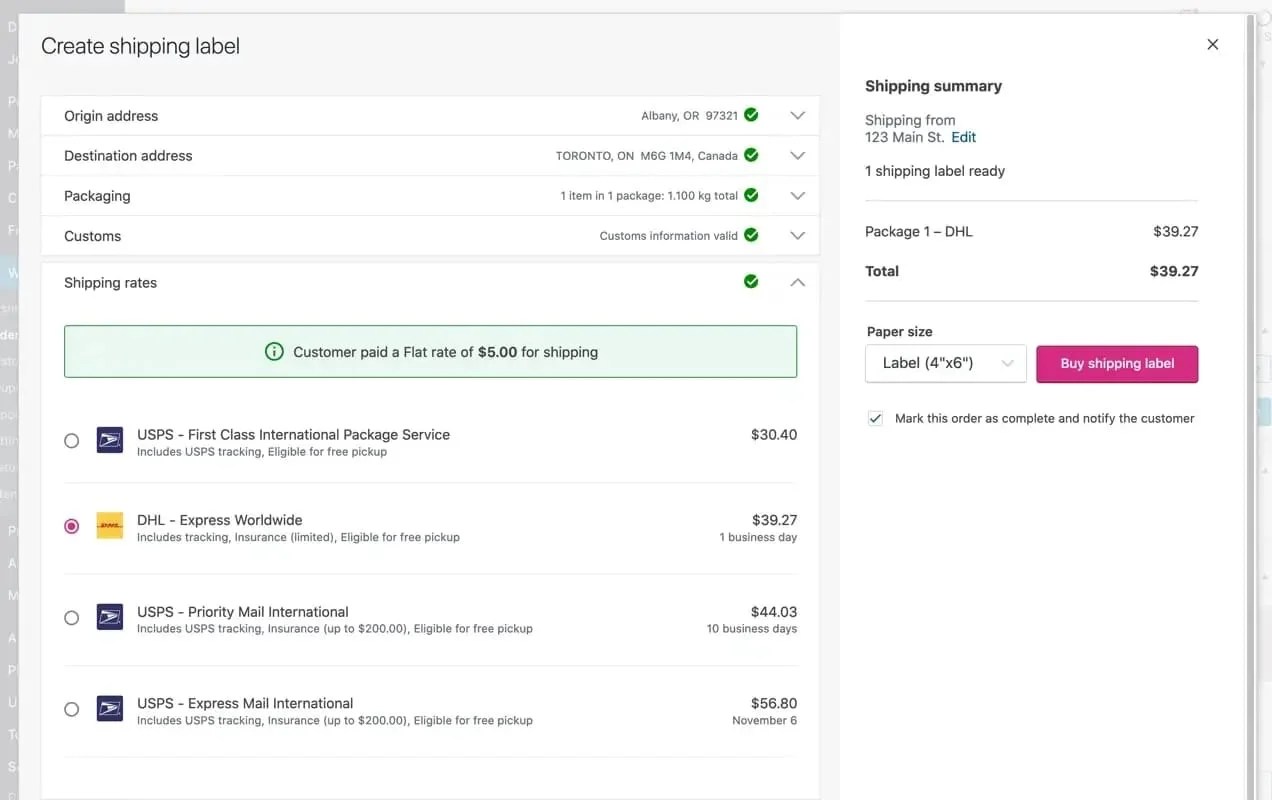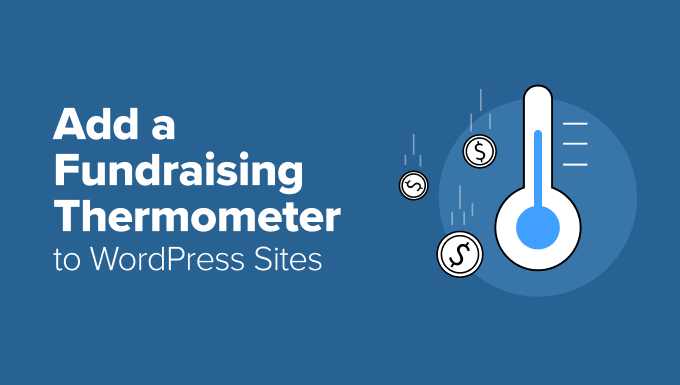Developing an effective ecommerce shipping strategy is crucial for attracting loyal customers, increasing profitability, and achieving overall success. It is as important as selling quality products or understanding the fundamentals of ecommerce accounting.
With many online shoppers expecting fast delivery and free shipping, it is logical for online stores to prioritize speed and cost, which are vital elements of a successful fulfillment strategy. However, ecommerce shipping involves much more. A well-crafted shipping process reduces errors, minimizes returns, lowers operating costs, builds positive customer relationships, and strengthens brand identity.
Ready to enhance your ecommerce shipping approach? Use this guide to create a shipping strategy that optimizes operations and pleases customers.
The fulfillment process includes various steps, from packaging an order to delivery confirmation. It starts with selecting packaging, choosing the best shipping services and methods, and calculating shipping costs. Then, you need to print labels, deliver packages to the carrier (or arrange pickups), update customers with tracking and status updates, complete delivery, and manage customer service.
Due to the complexity of the process, the first step in developing your ecommerce shipping strategy is determining who will fulfill your orders. Will you handle packing and shipping yourself? Will products ship directly from the fulfillment center, manufacturer, or wholesaler? Or will you partner with a third-party logistics provider (3PL) to manage all order fulfillment?
Let’s explore some ecommerce shipping solutions, their ideal use cases, and their pros and cons.
1. Fulfill in house
Shipping from your own fulfillment warehouse, production facility, or retail location can be cost-effective and offers maximum quality control, though it requires more effort. Effective inventory management systems can significantly help, as demonstrated by Boost Oxygen.
Ideal use cases for managing your own end-to-end fulfillment:
- You already have one or more staffed warehouses.
- You manufacture your own products.
- Your products are for local delivery or are time-sensitive (e.g., restaurants, floral shops, bakeries, laundry services).
Pros of shipping orders yourself:
- Complete control over the ecommerce shipping process, allowing customization to your needs, such as special packing, next-day shipping, branded packaging, or using eco-friendly materials.
- Potential savings on third-party warehousing fees and securing the best shipping rates by shopping around or using services like WooCommerce Shipping.
- Opportunity to build customer relationships by including handwritten thank you notes or small gifts in orders.
Cons of shipping orders yourself:
- Shipping can be time-consuming, especially with a high volume of orders, requiring staff for packing, label printing, and carrier coordination.
- Need to purchase your own shipping supplies and equipment.
- Local delivery may require purchasing and maintaining delivery vehicles.
- Potential need to hire additional staff to manage inventory and shipping during growth or high demand periods, like the holiday season.
2. Ship direct from manufacturers
Instead of storing goods in your warehouse while waiting for orders, you can have suppliers dropship directly to the customer.
Though often associated with smaller businesses, dropshipping can also benefit large ecommerce companies. Wayfair started as a dropshipping-only business before expanding to warehouses, while






